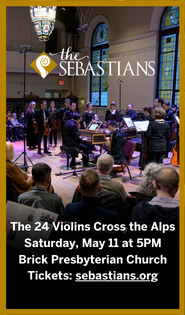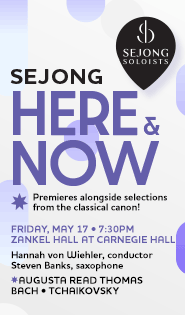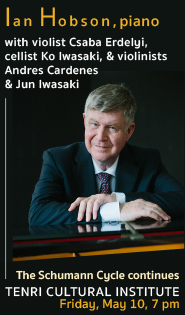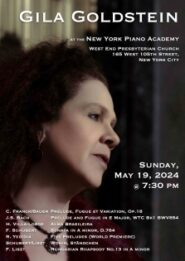A small beat gets big-league results with Payare, San Diego Symphony
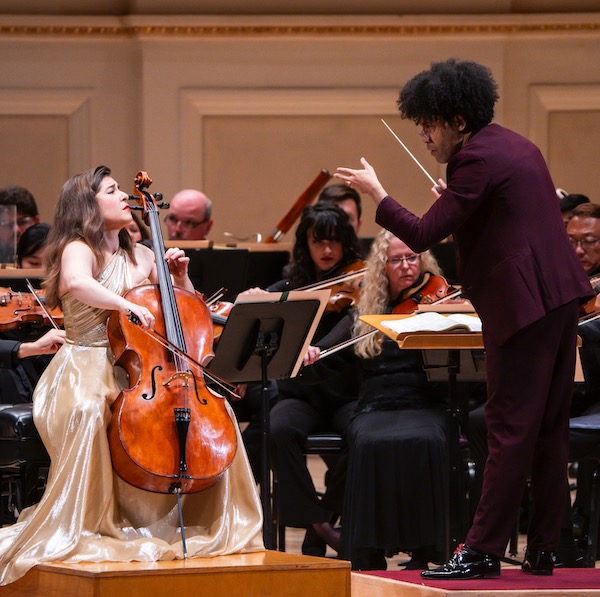
The epicenter of symphonic activity in the Golden State seemed to shift southward Friday night, at least in Carnegie Hall, as the San Diego Symphony, led by its music director Rafael Payare, showed it could go toe-to-toe and note-for-note with those more storied ensembles up the coast.
Bolstered by cohesive and colorful string playing and a rich-toned brass choir, the orchestra dished out precision and passion in equal measure in a program of familiar works by Dvořák and Shostakovich, with an exciting new piece by Carlos Simon for a prelude.
The Venezuelan conductor, another proud product of that country’s El Sistema program for young musicians, brought a youthful, dynamic presence to the podium that belied his 43 years. He proved a good match for Simon’s lively opener, Wake Up: A Concerto for Orchestra, whose initial goal, the composer wrote in a program note, was “to wake a sleeping hall with the sound of the orchestra.”
But the title of the piece, with its musical associations from Bach (“Sleepers Wake”) to Bartók, and its echoes of political tussles over the word “woke,” promised more than that. For his part, the African-American composer cited as inspiration a poem, “Awake, Asleep,” by the Nepali poet Rajendra Bhandari, which describes how awareness of the world produces “a bountiful harvest of thoughts.”
Certainly Simon’s piece—co-commissioned by the San Diego Symphony and the National Symphony Orchestra, and receiving its New York premiere Friday—offered a bountiful harvest of orchestral timbres as, following Bartók’s example, it featured and combined the orchestra’s sections (especially percussion) and individual instruments in novel ways.
Often driven by a samba beat, shot through with a rising two-note “wake up!” motive, the 20-minute piece was consistently engaging all the way to its all-hands-on-deck final peroration. The composer came onstage for one bow, and deserved more, but the applause, while enthusiastic, was too brief to bring him back.
The husband-and-wife team of Payare and cellist Alisa Weilerstein gave an exemplary account of Dvořák’s Cello Concerto, once some tentative horn playing and initial balance problems for soloist and woodwinds were behind them. With gentle orchestral support, Weilerstein drew out phrases naturally on a long line, and Payare’s big tutti seemed to charge her playing with extra energy. Her brilliant articulation drove the development and the exciting coda.
In the slow movement, the conductor didn’t skimp on Dvořák’s robust fortes and a blooming horns-and-brass chorale, knowing this soloist could stand up to them. Ultimately, however, the steady tempo, Adagio ma non troppo, with the cello moving sensitively through an undulating woodwind landscape, proved mesmerizing.
In the volatile finale, Weilerstein stepped out boldly, softened into sighs, and stirred the pot with blazing passagework, while conductor Payare matched her for flair and timing. Droll, militant and tender by turns, the music drifted at last into a kind of Johann Straussian nostalgia dream, before the cello’s wake up call of a dash up the fingerboard, and a capping orchestral fortissimo.
Weilerstein’s potent performance brought prolonged applause, to which she responded with an encore, a gently inflected rendering of the Sarabande from Bach’s Cello Suite No. 2 in D minor.
Fortunately, an intermission intervened between that tender leave-taking and the evocation of Stalinist terror at the beginning of Shostakovich’s Fifth Symphony. By turns starkly menacing and furtive, this Moderato was moderate only in tempo, not mood, as it moved ahead under Payare’s clear beat. Whether marching to a rat-a-tat rhythm or descending into a morose pianissimo, the players remained tightly engaged and in tune.
That sense of ensemble was especially on display in the galumphing three-to-a-bar of the Allegretto, a kind of drunken waltz whose accelerations and lurches didn’t faze this orchestra at all. The conductor smartly dialed the tempo up and down, and evoked orchestral moods from brassy to strident to ingratiating.
The symphony’s long, ghostly Largo revealed the spiritual desolation behind the work’s more garish movements. Except for a few lonely wind solos and one xylophone-driven crescendo, strings predominated in this shadowy scene, held together by (you guessed it) Payare’s small but rock-steady beat.
The finale’s blatant march tune might have unhinged the players a little, as the hushed later episodes weren’t played quite as precisely as one expected from this group. But Payare expertly managed the long accelerando-crescendo back to the pounding march, and the prolonged fortissimo conclusion was just as jangled and hysterical as one could wish.
Carnegie Hall presents the Philadelphia Orchestra, conducted by Yannick Nézet-Séguin, performing works by Higdon and Rachmaninoff 8 p.m. Tuesday. carnegiehall.org
